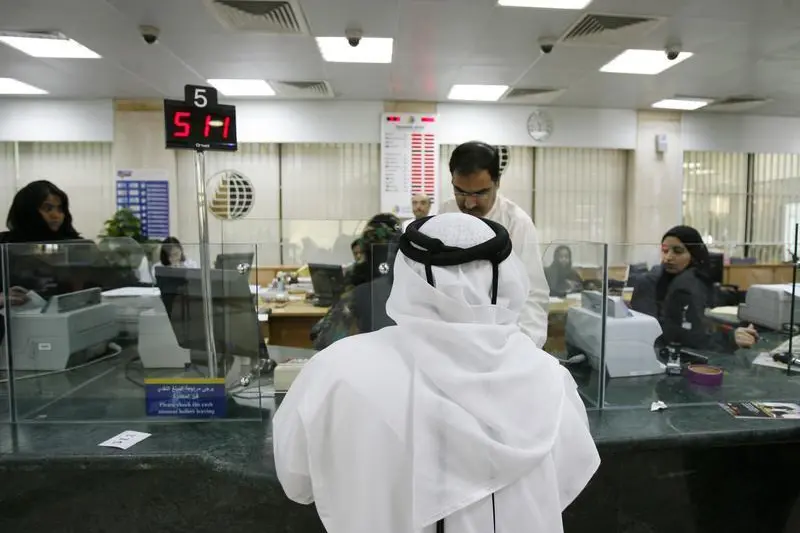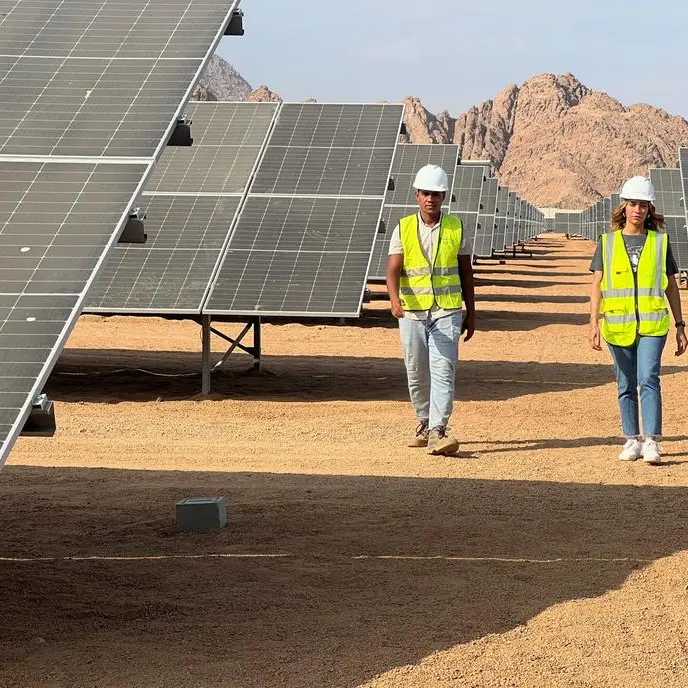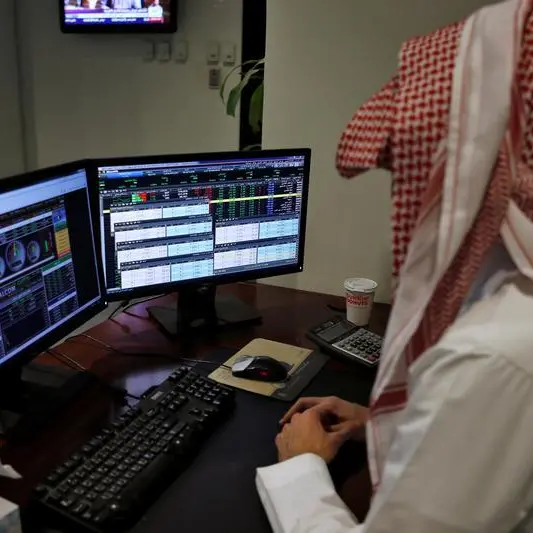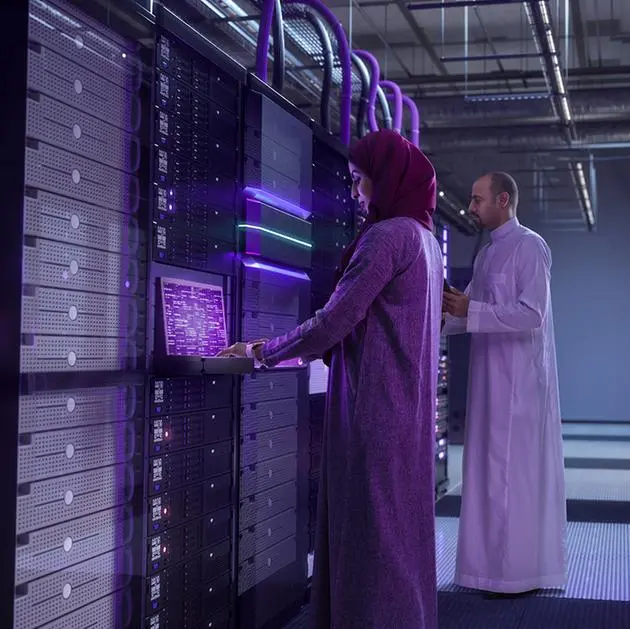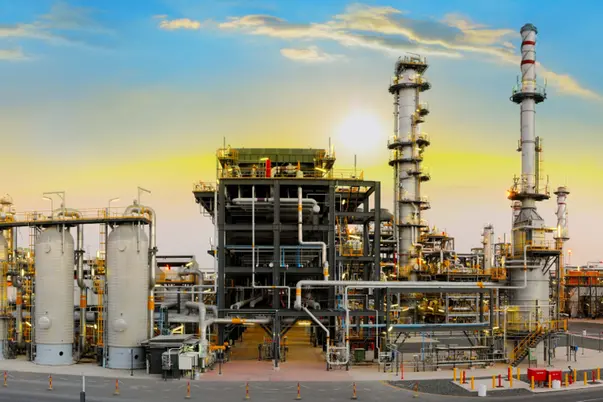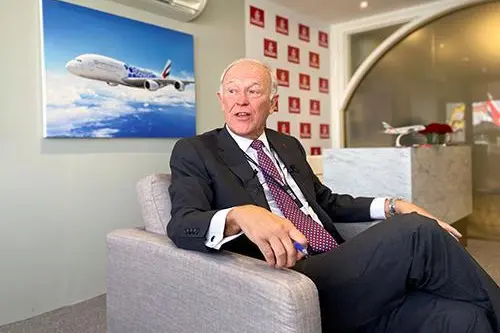PHOTO
UAE banks posted strong profits in the first half of 2019 and this trend is expected to continue in the second, with local and international dynamics dictating the country's banking sector. But some headwinds will pose a challenge for the sector's profitability for the remainder of the year.
Analysts say that the UAE banks' profitability is likely to reach close to Dh40 billion for the full year, dictated by US Fed rate cuts, a trade slowdown, Abu Dhabi's fiscal stimulus, preparations for Expo 2020 and Dubai's property market. Similarly, Islamic banking is also showing significant traction in the UAE with demand for Shariah-compliant products growing among both Muslim and non-Muslim customers.
"UAE banks are expected to at least maintain first-half 2019 numbers for the remainder of the year, which roughly equates to a full-year profitability figure of around Dh38-Dh40 billion. Most of the gains are expected on the back of increased cost-cutting in non-core segments and further consolidation in the banking space. Overall numbers for 2019 are expected to above 2018 numbers," said Vijay Valecha, chief investment officer at Century Financial.
M.R. Raghu, head of research at the Kuwait Financial Centre, said aggregate earnings of UAE banks is expected to grow by 5-6 per cent in the second half compared to the same period last year.
"Despite a positive outlook on the UAE economy, credit growth has been primarily driven by government sector while private sector credit uptake has been soft. Other factors also indicate that there won't be a major difference in profitability during the second half of the year as compared to the firsthalf. Therefore, it seems highly unlikely that the year-on-year earnings growth of UAE banks for the full-year 2019 will surpass that of 2018," he said.
The aggregate net income of 12 domestic banks in the UAE that have disclosed their first-half results amounted to Dh22.06 billion, translating to a year-on-year increase of 8 per cent compared to the first half of 2018. Eleven out of the 12 that have come out with their half-yearly numbers so far have seen a year-on-year increase in their net profits during the first half, with five of them exhibiting double-digit growth, Raghu noted.
The numbers reported so far from big lenders like Emirates NBD, Dubai Islamic Bank (DIB) and First Abu Dhabi Bank (FAB) indicate increasing probability. Emirates NBD group posted net profit of Dh7.5 billion, up 49 per cent year-on-year.
Similarly, DIB's net profit increased 13 per cent on the back of a solid rise in total income, which was up 25 per cent. FAB reported a 4 per cent rise in net profit to Dh6.3 billion. Numbers from Abu Dhabi Commercial Bank were somewhat lacklustre as a recently-announced merger takes a full-fledged affect, Valecha pointed out.
Factors
Valecha said funding cost pressures are likely to impact banks amidst increased competition for deposits and tighter liquidity in the second half. "As such, with any more tightening in liquidity, banks could take this as an opportunity to readjust their business models based on current scenarios."
Raghu noted that the US Federal Reserve rate cuts, trade slowdown, Abu Dhabi's fiscal stimulus, Expo 2020 and Dubai's property market are expected to dictate the profitability of UAE banks during the rest of the year.
As witnessed in the first half, government and its related entities are expected to drive credit growth due to the pick-up in project activity in Abu Dhabi due to the fiscal stimulus and projects related to Dubai's Expo 2020.
The expected Fed rate cuts in the second half of the year could potentially bring down the funding costs of banks and increase the demand for borrowing. However, due to the competitive nature of the UAE banking sector, pricing of loans could be a challenge for banks, ultimately affecting their net interest margins, Raghu added.
He said a dip in Dubai's property market could continue to be a pain point, leading to a rise in provisioning. Trade tensions at a global level are also expected to have a knock-on effect on the demand for oil, resulting in the fall of crude prices, which would in turn affect the UAE's economy.
Islamic banking
Valecha said Islamic banking continues to outpace growth in conventional banking as both Muslims and non-Muslims alike seek more ethical ways to deposit their money and seek new loans.
"In order to suit the requirements of Generation Z and millennials, most UAE banks are coming up with more tech-savvy and customer-centric products and services that provide ease of access. While conventional banking leads the way in terms of technology adoption, the Islamic segment is about to grow in similar fashion as the banking network caters to requirement of the young generation," he adds.
Raghu also believes that Islamic banking has been showing significant traction in the UAE in recent times, with the demand for Islamic banking products growing among customers.
"Growth in Islamic banking assets during the period has also been better than that of conventional assets. Profitability of both conventional and Islamic banks have been positive in recent quarters. The trend is likely to remain the same with earnings of domestic banks growing by roughly 6-7 per cent for the full-year 2019 compared to 2018," he concluded.
Copyright © 2019 Khaleej Times. All Rights Reserved. Provided by SyndiGate Media Inc. (Syndigate.info).
